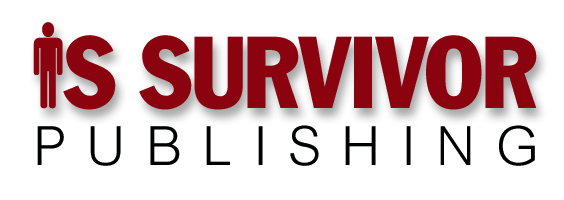People are beginning to trust machines (more precisely an AI) for answers, instead of another person.
There is a remarkable change that is happening in front of us, and it will affect how we do our jobs as tech leaders immensely. This change isn’t entirely new, but it seems to be accelerating rapidly, and people are looking to us Tech Leaders for answers (at least for now, until machines replace us as well).
Let’s look at where we are coming from:
Over the last few decades, we have come to expect that we could rely on the “wisdom of the internet”, with search engines helping us find the most relevant human experiences and opinions on how to best set up a router, program a macro, formulate a derivative in Excel or make cioppino. These human experiences were ranked on relevance and utility but were ultimately still very human in origin. We live in a glorious age of being able to learn about anything we wish. (Wanna learn how to make a handmade nail? Here you go)
But we are not the only ones to learn from all of this human experience. We have been training AIs to learn from us as well, and they are getting to a point that they know what they are talking about. (Wanna see how an AI will tell you to make a handmade nail? Here you go)
When you compare the two answers, is it clear which answer was human generated and which was synthesized by an AI? In this case, yes!
Which answer is better? I know that David (the person in the first link) grew up blacksmithing, and learned from his father and grandfather. I also know that the AI has never actually made a single nail in the entire time that datacenter has been running. Which answer is better? Does the origin of this information matter to most people? I can’t begin to tell you.
Based on this, I think I have figured out where AI will first emerge as utterly disruptive to companies, and that will be in Marketing, Marketing automation, and Search Engine Optimization (SEO).
The whole Marketing industry is based on the idea of trying to help others become aware of products and services that are relevant to one’s needs. Marketing automation is being able to scale awareness, and (done ethically) helps more people connect with something that they want. SEO (again, ideally, and ethically) is helping others find important and relevant information, written by others, to solve their problems. (I hate having to use all of these qualifiers, but as one Marketing executive told me, “Marketers ruin everything”).
What happens to a company that has invested scrillions of dollars in carefully created and curated content to position their solution accurately, went through the effort of researching how others learn about their solution, making sure that they were in the right place to be found, only to discover that a somewhat shambolic, hallucinating AI decides to answer user’s questions with whatever it scraped from a variety of sources? The name for this condition is a “Zero Click Search”, where the searcher is able to gain their answer without any further clicks, based the search tool “answering” the question directly in some manner.
Marketing departments and Marketing software companies are looking at the biggest challenge to their work in decades—with no understanding of how to make sure that their message (much less accurate or truthful messages) is delivered effectively, much less accurately. To make a prediction, I think the Marketing industry will fight back. To make another prediction, I think it needs to—Pharmaceuticals, Politics, and consumer safety situations demand some sort of basic accountability in communication, and I believe that we will find ways to ensure that make this happen.
Where do we go from here? Let’s talk about what is happening in Marketing Tech in an upcoming post.
